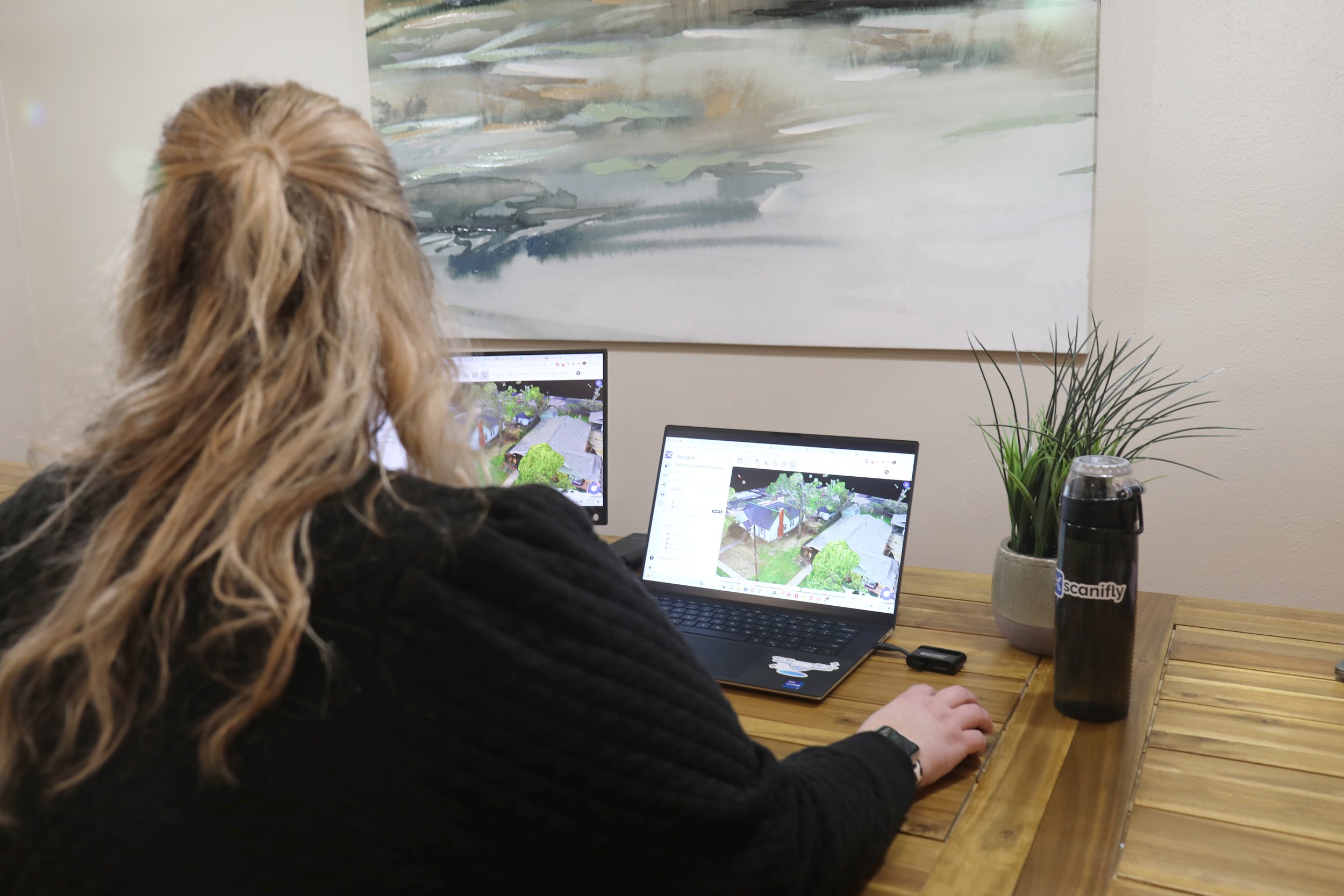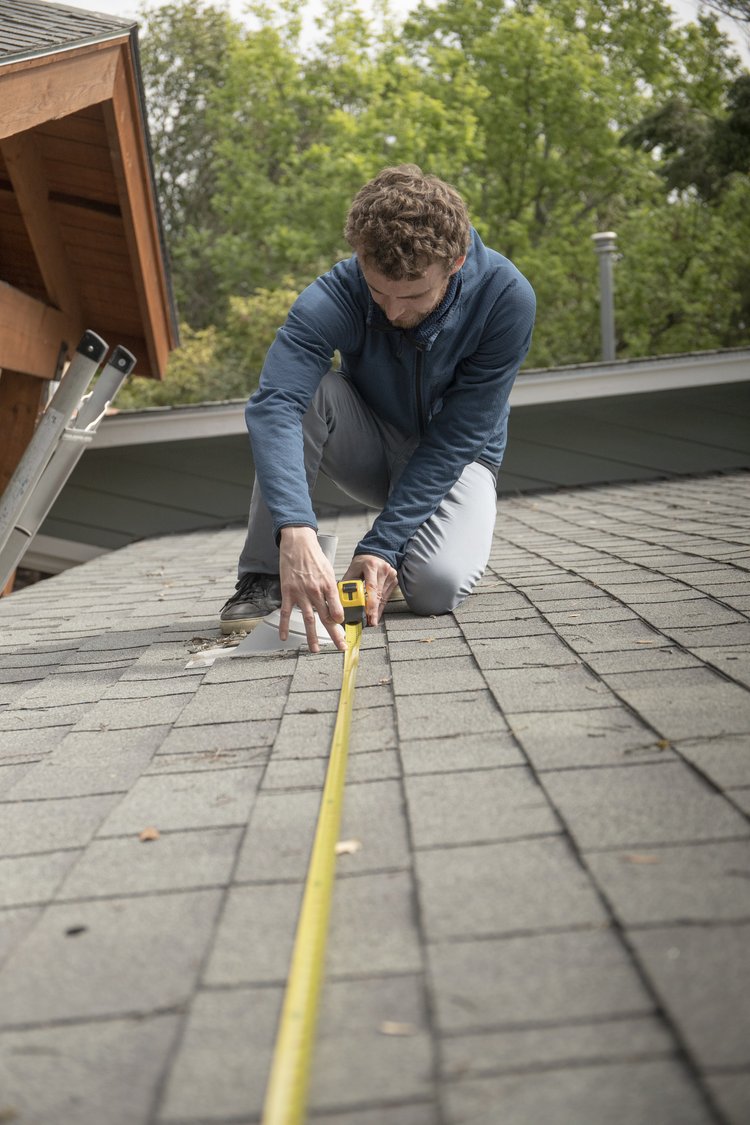Being a Surveyor is a great way to break into the solar industry because you learn all the technical elements of the project. However, it can sometimes feel like a dead end – one-third (33%) of Surveyors either don’t know what comes next for them or are planning to leave the solar industry.
Looking further into the data, it’s not surprising why so many Surveyors aren’t sure about the future:
-
76.1% report taking shortcuts for their own safety while assessing a property.
-
59.6% of Surveyors say they rarely or never feel safe climbing up on a roof.
-
84% of manual surveys take more than 30 minutes per roof, meaning long days of working out in the elements.
Surveyors might often become Installers, Project Managers, or Field Managers, owing to their in-depth knowledge of the technical and field elements of solar.
However, one career path that isn’t often explored is how Surveyors can become Designers. Yet 15.4% of Surveyors indicated they are thinking about becoming Designers at some point.
While it’s not an easy process, it’s absolutely doable.The skills and knowledge gained in surveying easily translate to design—and it’s getting easier due to consistent software improvements.
Here are the three steps to follow if you (or people you manage) are a Surveyor looking to become a Designer.
Step 1: Learn How Survey Data Fits into the Design Process
Being a Surveyor gives you a leg up because you deeply understand the technical elements of a solar project. Now you need to learn how all that information fits into the planning and design process.
For example, knowing how to collect roof measurements is one thing. It’s another to see how that information turns into plan sets with production estimates, offsets, array placements, and keep-outs.
The most effective way to learn the more “academic” side of solar design is through a course:
-
Certifications: A full certification like NABCEP will not only provide you with the basics but also offer additional credibility.
-
DIY online courses: Programs like the Solar PV Training offered by Solar Energy International (SEI) or the Solar Energy System Design course by SUNY are two examples of ways you can take a more DIY approach to learning the fundamentals of how surveying fits into design.
You might have taken some (or all) of these courses already. If you have, that’s great! You’re well on your way to making the Surveyor to Designer transition.
Step 2: Learn a Solar Design Software
After learning how things fit together, you need to learn the tools of the trade.
In Surveying, that’s drones, mobile apps to capture internal photos and data, and understanding the complexity of electrical data collection.

In Design, that’s specific software. Scanifly is one example but there are others in the mix including Helioscope, Aurora, Open Solar, and Solar Edge. Many of these platforms offer free trials or free-forever tiers, making it easy to play around and get comfortable with the tool before spending money.
You don’t need to learn every single platform out there. If you’re not sure which to start with, ask what software your design team already uses. The goal of this step is not to become an expert (yet), but to see how to turn the information collected during a survey into an actual design with array placements, production estimates, keep-outs, and other relevant details.
Step 3: Choose Your Path—Switch completely or balance both?
Some Surveyors choose to move on from surveying entirely, shifting their career from the field to becoming a full-time Designer. However, this is not the only path.
If you enjoy surveying and want to continue, you can–success comes from time and work management. This usually works in one of two ways:
-
Within a single day: You might survey in the morning and design in the afternoon.
-
Daily: One day might be dedicated to surveying and the next to design.
The key is to have a specific breakpoint where you switch from surveying to design because they are totally different jobs and you need to structure your time accordingly.
Surveying is Not a Dead End
For Surveyors thinking of moving into Design, it’s critical to remember they are completely different roles, each with its own unique demands and requirements. That doesn’t mean you can’t learn the ropes quickly and even perform both roles in a single day, just that you need to be aware that the transition can be difficult. If you ultimately choose this path, though, you open yourself up to a world of new opportunities in the industry.






